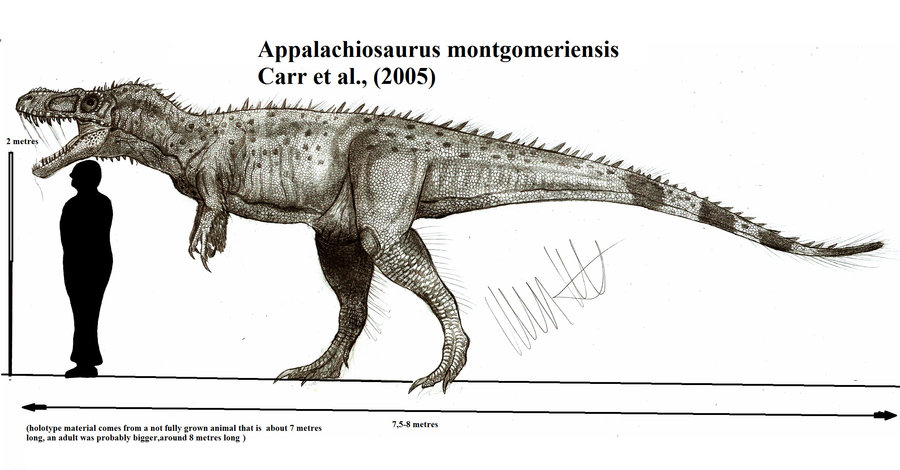6. The Hell Pigs

Vicious entelodonts lived on earth from the late Eocene to the mid Miocene (for over 20 million years). They were 4 feet tall and reached weights of 930 pounds.
Entelodonts are known as hell pigs because their fossil remains represent a once terrifying animal that resembled a giant pig. They occurred across most of the Northern Hemisphere, and there were many species over time. Entelodonts existed between 37.2 million years BP-16.3 million years BP. Although they resembled pigs, anatomical evidence suggests they were more closely related to the common ancestor of hippos and whales. Enteledonts were 4 feet tall and weighed up to 930 pounds. They were fast runners, and paleontologists believe they rammed into their prey, knocking their victims down and biting them until their bones were broken, probably similar to the way hippos kill humans in Africa today. Fossil evidence of enteledonts has been found in Twiggs and Houston Counties in Georgia. The tooth found in Houston County compares favorably with Archaeotherium, a once widespread species of enteledont.
Entelodont tooth found in Bonaire, Georgia. I am not the author who took a photo of this tooth. This photo was made by Thomas Thurman and it’s from his http://www.georgiasfossils.com website.
4. (tie) The Giant Short-faced Bear (Arctodus simus) and the Saber-toothed Cat (Smilodon fatalis)
I can’t decide which 1 of these was more frightening. Giant short-faced bears were on average as large as Kodiak bears–the largest subspecies of brown bear ( Ursus arctos ). However, they probably made a lot of noise and could be easily detected and avoided. Saber-tooths were ambush predators and could sneak up on prey in the dark or in thickly vegetated habitat. Arctodus was much larger, weighing about 1000 pounds compared to ~350 pounds for Smilodon. But the latter was very powerful and sported fangs. Fossil evidence of this big cat has been found in all of the states bordering Georgia. Fossil evidence of Arctodus has turned up in an Alabama county adjacent to Georgia as well as several sites in Florida. Both undoubtedly once ranged into Georgia.
Giant short-faced bear and saber-toothed cat. The illustration of this saber-tooth is inaccurate. Smilodon had a bob-tail and their forelimbs were much more powerfully built than depicted here.
3. Appalachiosaurus
Appalachiosaurus terrorized upstate Georgia during the late Cretaceous.
Appalachiosaurus was a species of tyrannosaur that lived on the eastern side of the Western Interior Seaway during the late Cretaceous (~80 million years BP-65 million years BP). They were the top land predator, probably hunting hadrosaurs or anything else they could catch. Fossil evidence of this species has been excavated from Hannahatchee Creek near Columbus, Georgia. The type specimen, a nearly complete skeleton, was found in Alabama.
2. Deinosuchus rugosus
Evidence suggests Deinosuchus rugosus ate tyrannosaurs.
This extinct crocodylian, a relative of alligator ancestors, grew to an estimated 36 feet long and weighed up to 17,000 pounds. They were large and powerful enough to seize and drag a tyrannosaur into the water, and there is some fossil evidence they preyed upon them. They likely ate dinosaurs as a significant part of their diet. Fossil evidence of this species has also been found in Hannahatchee Creek as well as the Chattahoochee River in Georgia.
1. Man (Homo sapiens)
Homo sapiens is clearly the scariest species to have ever walked on earth. Here is a photo of an atomic bomb mushroom cloud. Humans can wipe out entire cities with nuclear weapons.
Human beings construct weapons of mass destruction capable of turning livable habitat into uninhabitable wasteland. I can’t think of anything scarier than that.













